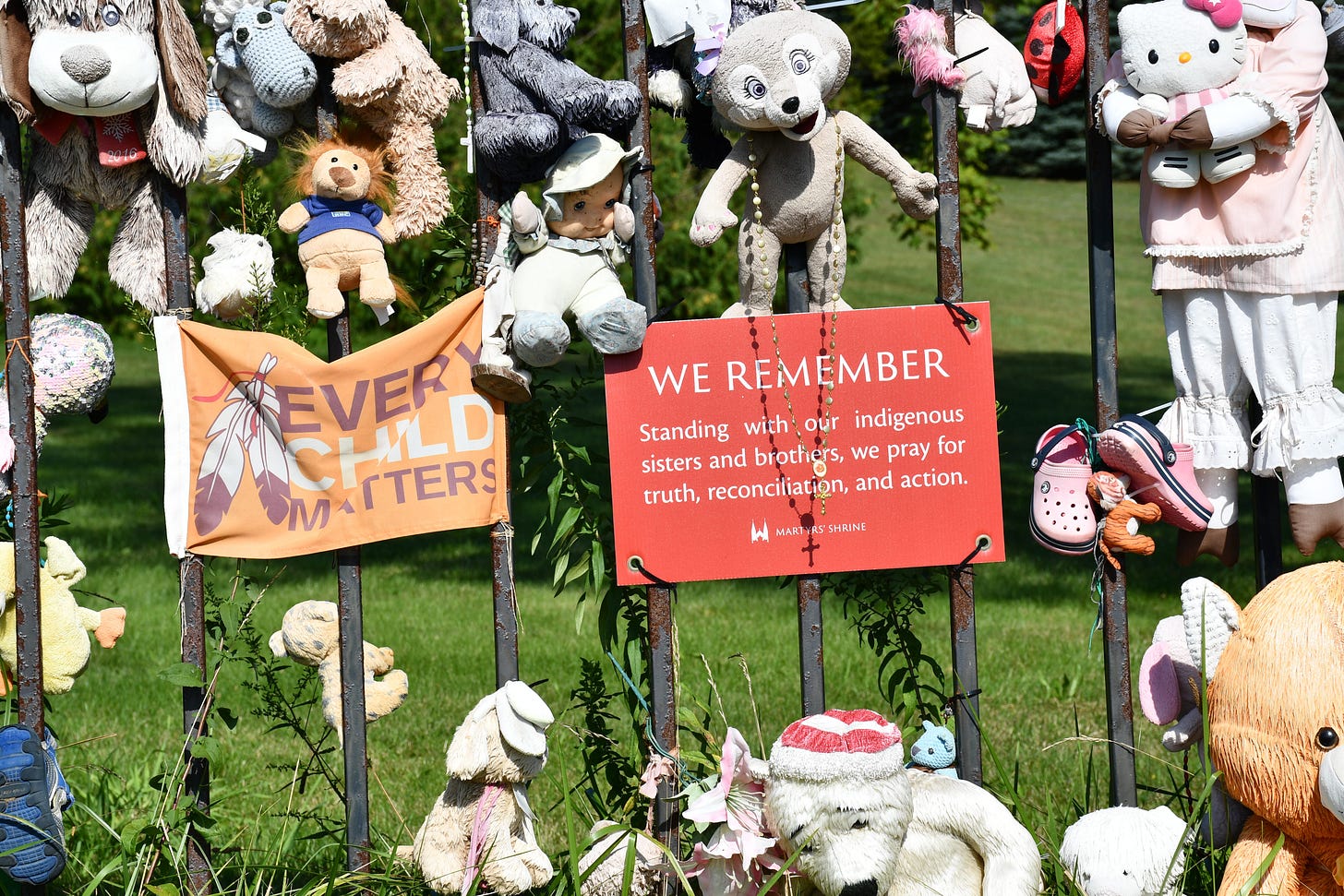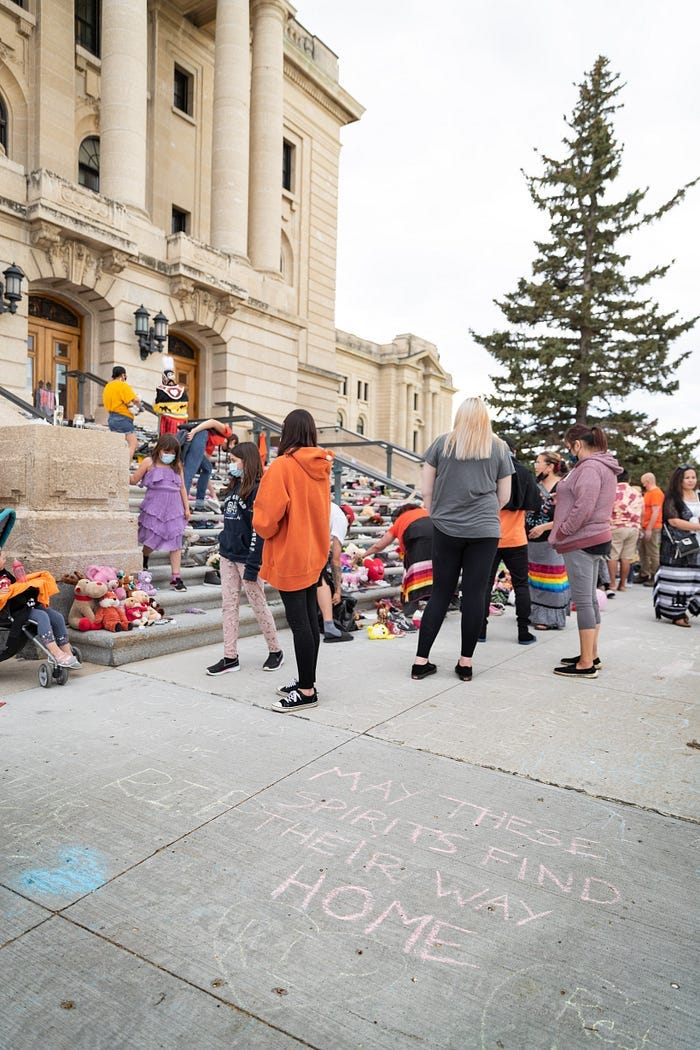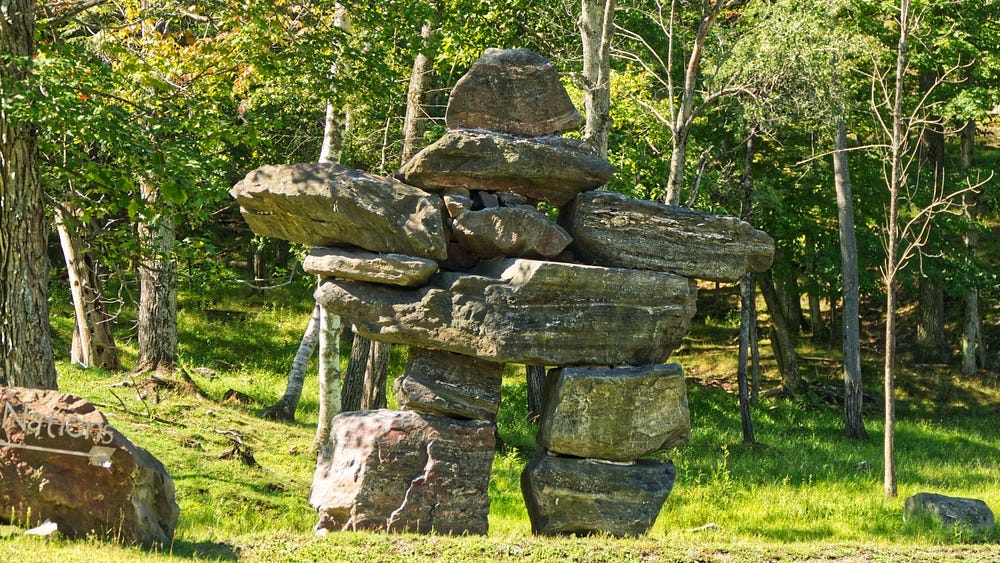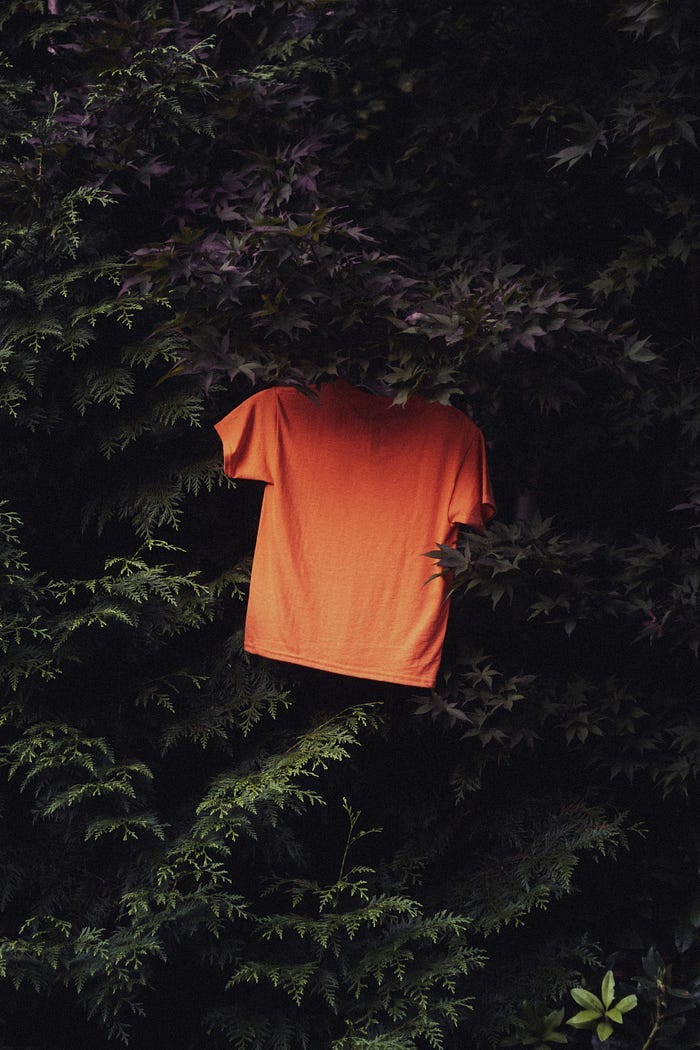The Highway of Tears: Canada’s Genocide is Not Distant History
Truth and Reconciliation unveil the skeletons in our nation’s closet

“Why should I feel guilty for what my ancestors did?”
It’s a fair question, and it’s one I hear often when the topic of genocide comes up. People wonder why we ‘social justice warriors’ are so focused on things that happened hundreds of years ago; none of it seems relevant to anyone’s lives today.
I’ve read stories about how Canada is a beacon of hope in a world gone mad. A shining example of democracy and love, full of joy and compassion for our fellow man.
All the bad stuff, you know, that was so long ago that people don’t need to think about it!
But that simply is not the case. It only displays an ignorance of our country’s history.
I remember having this conversation with a family member only a few years ago when they used the ‘why should I feel guilty’ line with me. After all, it was their great-grandparents’ generation that did it.
I looked at them in surprise and told them that some of Canada’s worst crimes happened not only in their lifetime, but in mine.
They were startled. I’m only 31. But it’s the honest truth. If you know anything about Canada’s history, you know that our national shame is not in the far-off distant past.
And you likewise know why we look at what’s happening in the United States and grimly bow our heads.
We see the mass rounding up of non-white citizens, the hate, the abuse, the tyrannical violence of federal law enforcement being used as a cudgel against the most vulnerable. We see Christianity being used as an excuse.
We see families ripped apart, and children going missing on the government’s watch.
We have walked this path. And we will be trying to atone for a very long time.
I was two years old when the last Residential School in Canada closed its doors.
I was a walking, talking toddler. My mother was in her 20s, having unknowingly lived through a genocide committed against the First Nations peoples of Canada.
She was born in the midst of the Sixties Scoop, the period between the 1960s to 1980s wherein the RCMP carried out the brutal practice of forcibly removing infants and young children from First Nations families and giving them to white families to raise.
The aforementioned Residential School system was a network of boarding schools set up by Christian churches and the Canadian government. In operation from 1880 to 1996, these schools were essentially reeducation camps for Indigenous children.
Children were removed from their families, from their culture, and placed in indoctrination facilities. There, they were abused.
They were given Christian names; they were punished for speaking in their native language and denied any education on their cultural heritage. They were rarely allowed to see their families, and they often faced beatings and even sexual assault as punishment for transgression.
Many of the children who were taken away from their families were never returned. Many went missing and have never been found. Of the many children who were forced into the schools, records indicate that thousands perished during their time trapped within the walls.
Many families were never even notified of their child’s loss. Efforts to identify recovered remains are still underway.
This is not something that happened in the distant past. There are survivors of the schools that are the same age as my parents. Their kids, growing up with the intergenerational trauma and the pain their families shared with them, are the same age as me.
And just because the schools have closed doesn’t mean that Canada’s mistreatment of our native population is over.

A legacy of cultural genocide like ours does not vanish overnight.
The attitudes, racism, and biases that led to this monumental tyranny and oppression are still alive and well in Canada. Remember; the survivors are not that old. In some cases, their tormentors are still alive.
Discrimination still runs rampant, and sometimes it’s lethal.
For example, have you ever heard of a Starlight Tour? It was invented by the police department of Saskatoon. See, when a police officer came across an intoxicated Indigenous man during winter, it was the custom to pick him up off the street. He’d have his coat removed, he’d be driven out into the wilderness, and then dumped on the side of the road.
In fact, the police have a real problem with investigating the deaths or disappearances of Indigenous people all across Canada, even when they aren’t directly involved in them.
Just read about the Highway of Tears and you’ll see what I mean.
Here’s a quote from the above article:
“Some activists argue that institutional racism and sexism has affected the searches for missing and murdered Indigenous women. Although disappearances date back to at least 1969, activists point to the fact that the RCMP did not launch E-PANA until 2005. In addition, the case which has arguably received the most media attention is that of Nicole Hoar, a non-Indigenous woman who disappeared in 2002. While some credit Hoar’s case with initiating investigative efforts into the matter of missing and murdered women, others claim that her case likely received special attention because she is white.”
It’s not uncommon for missing white women to get more media attention than missing women of other ethnicities. That’s a constant everywhere, and it is deeply tragic. It can lead to difficulties in raising awareness, or even derail investigations by driving the police to focus on some investigations and allow others to fall by the wayside.
Every missing person and every murder victim should all be treated with the same level of concern and dedication. Nobody deserves to be discarded or to have their loss viewed as inconsequential.
The families of the victims deserve justice. Full stop.
And all that is indirect action on the part of the police. Even abandoning people in the wilderness, while clearly deserving of charges, is somewhat detached. When they get directly involved, interactions can get brutal.
As you might expect from my point about the Sixties Scoop, the RCMP is not well-loved among First Nations communities. Given the history of oppression that the force has come to represent, there’s a level of resentment that might be expected.
It’s hard to look fondly at an institution that stole your family’s children from you.
It’s especially hard to look fondly at them when you know that Indigenous people are a lot more likely to be shot and murdered by police than white Canadians.
And then there’s the difference in how police respond to protestors. Just like the stark difference between Black Lives Matter and January 6, the RCMP treats people of colour very differently than white people at marches.

I could go on forever. Systemic and individual instances of racism pop up all across my country.
Forced sterilization of indigenous women has been uncovered as recently as 2018. Much like removing children from their families and putting them in schools, this has been used as a tool of genocide. Both of these acts violate the UN Convention.
I could talk about the fact that white Canadian violence against First Nations people and property is not treated with the seriousness that it ought to be. Mobs literally burning boats, stealing or destroying lobster traps and physically assaulting people can be treated with indifference and a ridiculously slow response.
It only tried to fight facing the music for a decade and a half. That’s not too long, right?
I mean, the government fought really hard to not admit liability. I have to imagine part of that was to protect the reputation of the perpetrators.
There’s more. There is so much more I could talk about. Unsafe drinking water on Reserves, the Indian Act, lack of infrastructure and public transportation, the poverty…
Bottom line, Canada has a rosy reputation on the world stage. And some of that we have earned.
Unfortunately, there is no such thing as a nation without crimes. There is no such thing as a country that hasn’t got skeletons in its closet. Ours are a lot more recent and a lot more egregious than a lot of people seem to realize.
I didn’t learn about the Residential School system until I was an adult, long after the last school closed — and again, it was still operating during my lifetime!
I got the same whitewashed history as every other kid, the same First Thanksgiving story that American kids are taught. Learning the truth was a wake-up call and a dash of cold water.
That said, learning the truth is important. We shouldn’t cover up the crimes of the past, and we shouldn’t allow the injustices of the present to be swept under the rug.
Every citizen has a duty; to be a real patriot is to hold the government accountable to the people. That’s true here in Canada as much as it is anywhere else. We love our nation and we’ll defend it, we’ll stand up to foreign powers that threaten our freedom, but we also have to confront our reflection in the mirror.
So, to all those who view Canada as the promised land in terms of democracy, freedom, and love, I beg you not to. We’re a flawed country full of flawed people.
Don’t put us on a pedestal. Instead, help us make things better for the future.
And if you can, learn from our example and choose a better way.
Solidarity wins.



I was 20 in 1975, when I worked for the Court Reporting company who won the contract to cover the Mackenzie Valley Pipeline hearings in the NWT. At that point in my life I was a loyal and patriotic Canadian who thought my country was the best in the world. Imagine my and the rest of our young crews surprise to hear all about the Residential schools, the 60’s scoop. Something none of us had ever heard of. Trust me when I say we ALL had our eyes opened by the testimony these various peoples gave us. By the time the hearings were at an end, ALL OF US had become horrified at what had been done by our country and in our names. It influenced Justice Berger greatly as well as the rest of us.
For me who had always been a lover of history it was painful doing more research and discovering other issues like the removal of all Japanese or people of Japanese ancestry from the west coast of Canada into concentration camps in the interior of BC because they “could” be spies. Along with the loss of EVERYTHING they owned. At one time all the small fishing vessels on the coast of BC used to belong to Japanese fishermen. Those boats were taken from them without any compensation and sold for Pennie’s on the dollar to white Canadians. Same with their homes, and businesses.
And while they were incarcerated, forced to build their own camps and were responsible for building Highway 3 from Hope to Princeton .
Hell, Italian prisoners of war were treated FAR better than our own citizens, but then they were white!
Just so you know, the provincial governments also ran residential schools for disabled children. These were also basically forced labor camps. The kids were starved, abused, neglected and parents were rarely, if ever, allowed to visit. Kids who died were buried in unmarked graves on the school grounds as well.
I only know about this because my mother brought me to see an orthopedic surgeon when I was a kid. He told her that I would be permanently crippled and retarded, and suggested that she put me in one such "boarding school", forget about me and have another baby. She didn't say anything. She just took my hand and walked out of there, never to return. I'm glad that she suspected that something was wrong!
I recently came across an article about the residential school that used to be in Barrie, Ontario. Some survivors had gotten together and commissioned a monument to place on the ground where about 300 children were found buried.
Those residential schools are gone, but there is still plenty of prejudice against disabled people in Canada, and most of us are still living in extreme poverty. The idea that all Canadians are nice and polite and that we have achieved equal rights is somewhat exaggerated. It's a work in progress.